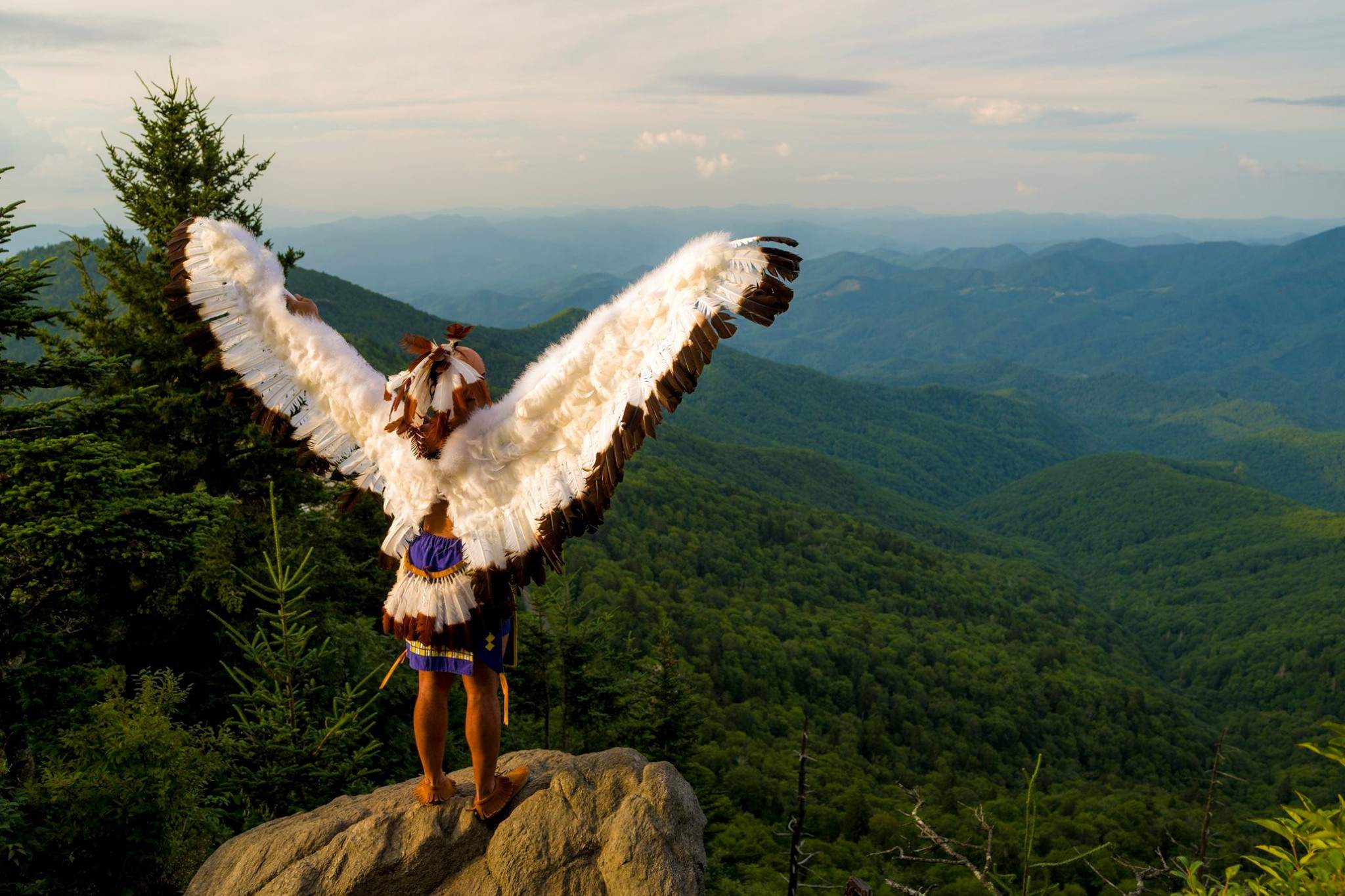Hidden Trading Routes Of North Carolina’s Cherokee

Have you ever wondered about the hidden trading routes of North Carolina's Cherokee? These paths, carved through dense forests and rugged mountains, tell stories of ancient commerce and culture. The Cherokee used these routes to trade goods like pottery, tools, and food with neighboring tribes and European settlers. Walking these trails today, you can almost hear the echoes of footsteps from centuries past. Imagine the bustling activity, the exchange of goods, and the sharing of stories. These routes were more than just paths; they were lifelines connecting communities. Ready to step back in time and explore these historic trails? Let's go!
Hidden Trading Routes of North Carolina's Cherokee
The Cherokee people of North Carolina once thrived through a network of trading routes that connected them to various tribes and settlers. These paths, rich in history, offer a glimpse into the past and the vibrant culture of the Cherokee. Let's explore some of these hidden trading routes.
The Great Indian Warpath
The Great Indian Warpath served as a major artery for trade and communication among the Cherokee and other tribes. This route stretched from New York to Georgia, passing through North Carolina.
- Cherokee, NC: This town was a central hub for trade, where the Cherokee exchanged goods like furs, pottery, and agricultural products.
- Nantahala Gorge: Known for its breathtaking scenery, this gorge was a crucial passage for traders navigating the rugged terrain.
- Murphy, NC: Located at the western tip of the state, Murphy was a key trading post where Cherokee and settlers met.
The Unicoi Turnpike
The Unicoi Turnpike, an ancient trail, connected the Cherokee lands to the Tennessee River Valley. This route played a significant role in the movement of goods and people.
- Coweeta Valley: This valley was a bustling area for trade, with Cherokee villages dotting the landscape.
- Tellico Plains: Located just across the border in Tennessee, this area was a vital link in the trading network.
- Wachesa Trail: This trail branched off the Unicoi Turnpike, leading traders to various Cherokee settlements.
The Trading Path
The Trading Path, also known as the Occaneechi Path, linked the Cherokee with tribes in Virginia and the Carolinas. This route facilitated the exchange of goods and ideas.
- Hillsborough, NC: This town was a significant stop along the Trading Path, where traders could rest and resupply.
- Salisbury, NC: Another important stop, Salisbury served as a crossroads for various trading routes.
- Charlotte, NC: Now a bustling city, Charlotte was once a key trading post for the Cherokee and other tribes.
The Overhill Cherokee Path
The Overhill Cherokee Path connected the Cherokee towns in the Overhill region to the rest of their territory. This route was essential for maintaining trade and communication.
- Echota: The former capital of the Overhill Cherokee, Echota was a major center for trade and diplomacy.
- Chota: Another important town, Chota was known for its strategic location and vibrant trade.
- Tanasi: This town gave its name to the state of Tennessee and was a crucial trading hub for the Cherokee.
The Warriors' Path
The Warriors' Path, also known as the Great Warrior Path, was used by the Cherokee for both trade and military purposes. This route extended from the Ohio Valley to the Carolinas.
- Boone, NC: Named after the famous explorer Daniel Boone, this area was a key point along the Warriors' Path.
- Wilkesboro, NC: This town served as a strategic location for trade and defense.
- Elkin, NC: Located near the Yadkin River, Elkin was an important stop for traders and warriors alike.
Discovering Cherokee Trading Routes
Exploring North Carolina's Cherokee trading routes reveals a rich history. These paths, once bustling with trade, show the Cherokee's resourcefulness and connection to the land. Walking these trails today, you can almost hear the echoes of ancient footsteps and feel the vibrant culture that thrived here.
These routes weren't just about commerce. They were lifelines, connecting communities, fostering relationships, and spreading ideas. The Cherokee's deep understanding of their environment allowed them to create efficient and sustainable pathways.
Visiting these historic trails offers a unique glimpse into the past. It’s a chance to appreciate the ingenuity and resilience of the Cherokee people. Whether you're a history buff or nature lover, these routes provide a meaningful journey through time. So, lace up your hiking boots and step into a world where every path tells a story.

